Arduino listens for serial port communication on its hardware serial port.
Then it sends every received line of data trough software serial port to ESP8266.
ESP8266 puts every received line of data into circular buffer.
ESP8266 also runs code for webserver and a website which pools the buffer for new data and displays it on the website. (Sadly there is no websockets support for ESP8266.)
To see this serial data all you have to do is open the website (IP) on your smartphone and enable javascript.
Hardware serial port monitor with WiFi
Arduino connects to the TX line (of a router, RPI) and display serial data on smartphone over WiFi
 Frenky
Frenky
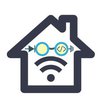





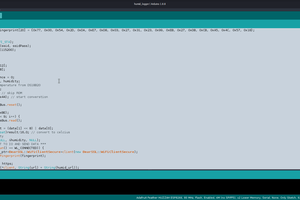
 Alexander
Alexander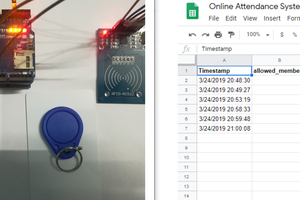
 Embedotronics
Embedotronics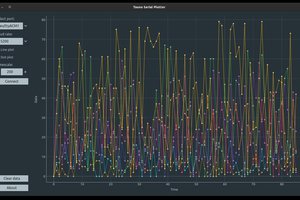
 Tauno Erik
Tauno Erik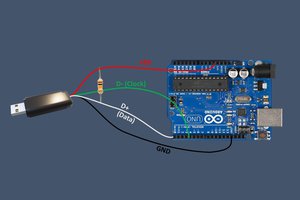
 Doctor Volt
Doctor Volt
Hi Frenky,
I really like the concept.
But indeed it would make more sense to use only a standalone ESP8266. So I was wondering if you managed to kick off the migration.
All the best and Happy new year.